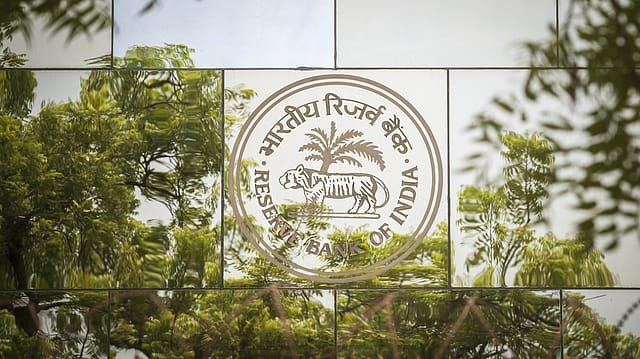Consumer loans may get expensive as RBI hikes risk weight by 25%
ADVERTISEMENT

The Reserve Bank of India today raised the risk weights on consumer credit exposure of commercial banks and non-banking financial companies including personal loans by 25 percentage points to 125%.
This excludes housing loans, education loans, vehicle loans, loans secured by gold and gold jewellery, and microfinance loans. The new risk weights will be applicable to outstanding as well as new loans.
Loan exposures of commercial banks and NBFCs generally attract a risk weight of 100%.
This comes weeks after RBI governor Shaktikanta Das flagged the high growth in consumer credit and increasing dependency of NBFCs on bank borrowings. Das had advised banks to strengthen their internal surveillance mechanisms, address the build-up of risks.
A hike in risk weight means that banks and NBFCs will have to set aside a higher amount of capital for these loans, thus raising the cost of capital.
"As per extant instructions, credit card receivables of scheduled commercial banks (SCBs) attract a risk weight of 125% while that of NBFCs attract a risk weight of 100%. On a review, it has been decided to increase the risk weights on such exposures by 25 percentage points to 150% and 125% for SCBs and NBFCs respectively," the banking regulator says in a press release.
January 2026
Netflix, which has been in India for a decade, has successfully struck a balance between high-class premium content and pricing that attracts a range of customers. Find out how the U.S. streaming giant evolved in India, plus an exclusive interview with CEO Ted Sarandos. Also read about the Best Investments for 2026, and how rising growth and easing inflation will come in handy for finance minister Nirmala Sitharaman as she prepares Budget 2026.
"Exposures of SCBs to NBFCs, excluding core investment companies, are risk weighted as per the ratings assigned by accredited external credit assessment institutions (ECAI). On a review, it has been decided to increase the risk weights on such exposures of SCBs by 25 percentage points (over and above the risk weight associated with the given external rating) in all cases where the extant risk weight as per external rating of NBFCs is below 100%," the regulator says. For this purpose, loans to housing finance companies and NBFCs which are eligible for classification as priority sector in terms of the extant instructions will be excluded, it says.
On strengthening credit standards, the RBI says that regulated entities shall review their extant sectoral exposure limits for consumer credit and put in place board approved limits in respect of various segments under consumer credit. "In particular, limits shall be prescribed for all unsecured consumer credit exposures. The limits so fixed shall be strictly adhered to and monitored on an ongoing basis by the Risk Management Committee," the RBI says.
All top-up loans extended by regulated entities against movable assets which are inherently depreciating in nature, such as vehicles, shall be treated as unsecured loans for credit appraisal, prudential limits and exposure purposes, the regulator says.
Post the Covid-19 pandemic, digital lending and emergence of digital platforms providing loans has seen an exponential rise in India. While this led to an increase in scale and velocity of credit in an increasingly digital environment, it has raised a host of business conduct issues.
